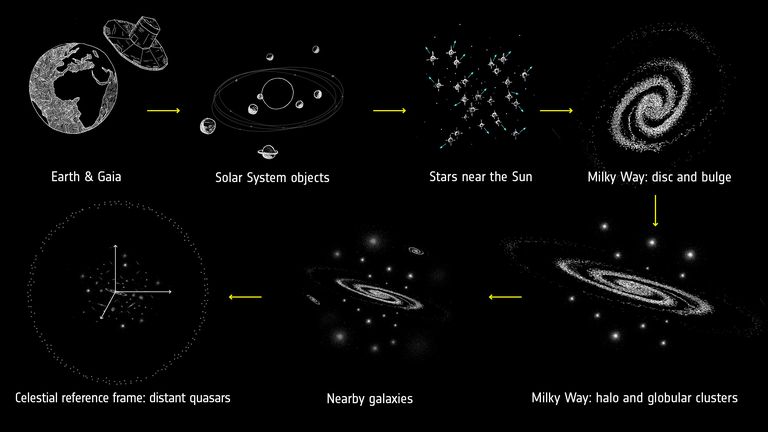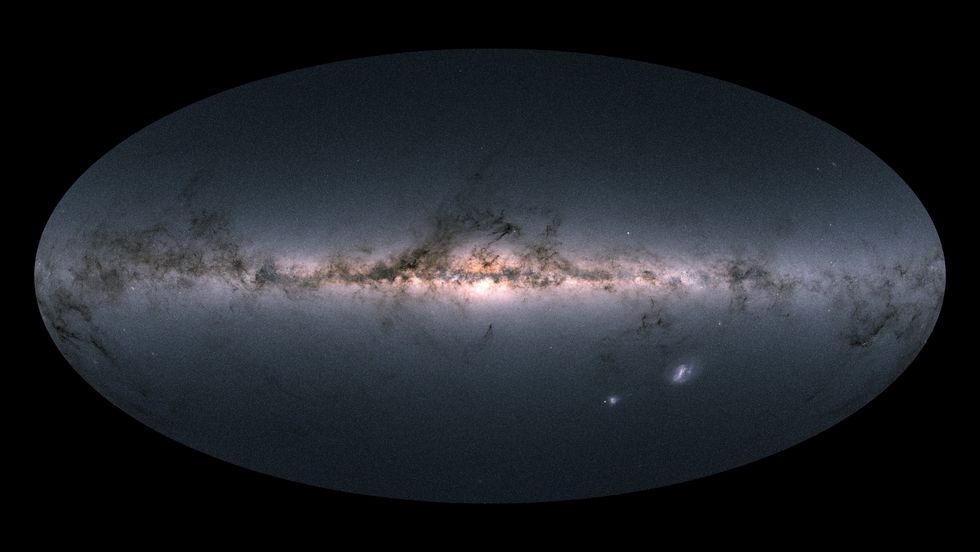The European Space Agency (ESA) has crafted the most detailed 3D star map ever made of our galaxy, the Milky Way, including high-precision measurements of nearly 1.7 billion stars and previously undiscovered details.
The information was collected and mapped on the ESA’s Gaia mission – a project deigned to chart a 3D map of the Milky Way and in the process reveal the composition, formation and evolution of our galaxy.

After 22 months of mapping the stellar population of the sky, the new data recently released shows the position, distance and motion of more than a billion stars, while also revealing accurate recordings of 14,000 known asteroids and other objects within our solar system, galaxy and beyond.
The new information is crucial for astronomers investigating the origin and evolution of the Milky Way, as well as other topics.
“The observations collected by Gaia are redefining the foundations of astronomy,” says Günther Hasinger, ESA director of science.
“Gaia is an ambitious mission that relies on a huge human collaboration to make sense of a large volume of highly complex data. It demonstrates the need for long-term projects to guarantee progress in space science and technology and to implement even more daring scientific missions of the coming decades.”
This map is the second data release from the Gaia mission, which was launched in December 2013. The first data release revealed the distances and motions of two million stars. This latest stellar set was recorded in the period between 25 July 2014 and 23 May 2016.
The accuracy of the star measurements is so advanced the ESA website reports it “equates to Earth-bound observers being able to spot a Euro coin lying on the surface of the Moon”.
Major discoveries and insights are expected once scientists start studying Gaia’s new release, helping unlock the secrets of our galaxy.

“Gaia will greatly advance our understanding of the Universe on all cosmic scales,” says Timo Prusti, Gaia project scientist at ESA.
“Even in the neighbourhood of the Sun, which is the region we thought we understood best, Gaia is revealing new and exciting features.”













